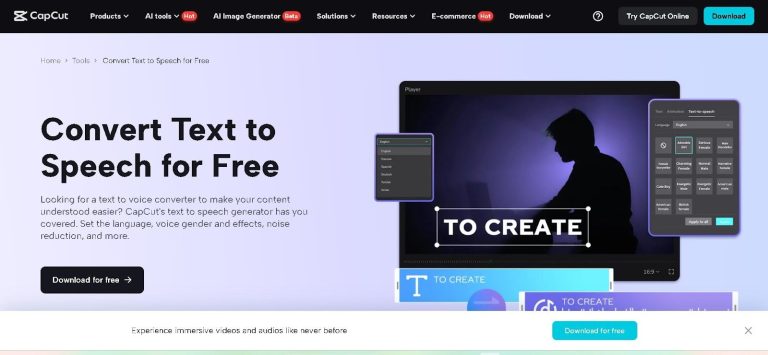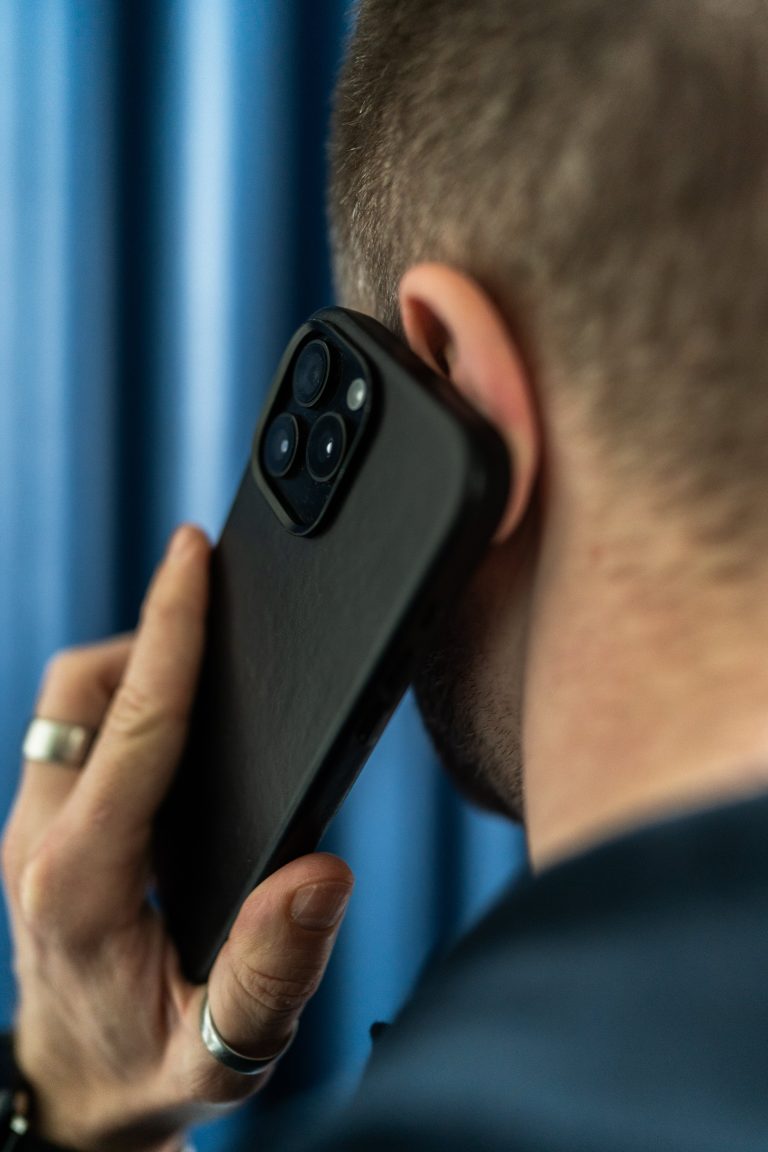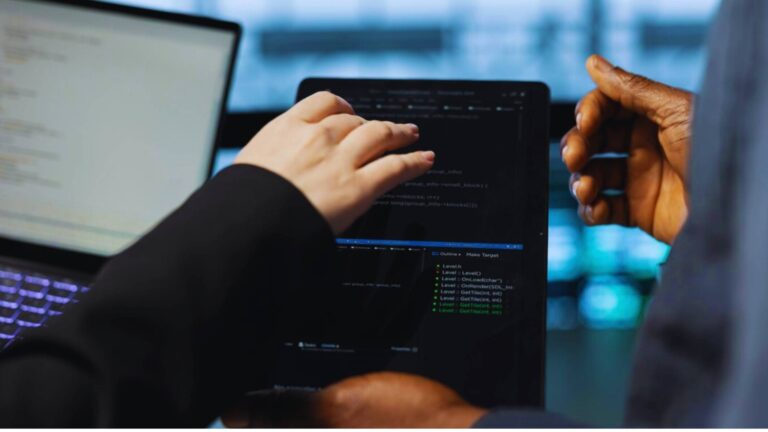Social media marketing depends on eye-catching visuals. People scroll fast. Brands need to grab attention. AI-generated art is helping marketers create unique, high-quality images in seconds. It saves time, reduces costs, and increases engagement.
In this article, we will explain how businesses and creators can use an AI Art Generator for social media marketing. We’ll cover practical benefits, best use cases, and simple ways to integrate AI visuals into your strategy.
Why AI Art Works for Social Media
Social media moves fast. Brands need fresh content daily. Traditional graphic design takes time and money. Stock photos look generic. AI-generated art offers a quick, affordable, and creative solution.
Here’s why AI art is effective:
- Instant Visuals – AI creates images in seconds, ready for posting.
- Unlimited Creativity – Generate unique art that stands out.
- Low Cost – No need for expensive photoshoots or design teams.
- Scalability – Create multiple versions for different platforms.
- Better Engagement – Unique visuals attract more likes, shares, and comments.
Brands can use AI-generated visuals to maintain consistent, high-quality content across social media.
Best Use Cases for AI Art in Social Media Marketing
1. Social Media Posts
People engage more with posts that stand out. AI-generated art lets brands create custom visuals that align with their message.
Examples:
- A fitness brand generates motivational AI art to share workout tips.
- A tech company posts futuristic AI-generated graphics for product launches.
- A fashion brand uses AI to create trendy digital art for style inspiration.
2. Ad Creatives
Ads need to grab attention within seconds. AI can create compelling visuals for social media ads.
Examples:
- An eCommerce brand generates product showcase images with AI.
- A travel agency creates dream-like destination visuals to attract tourists.
- A gaming company generates eye-catching fantasy scenes for promotions.
AI helps A/B test different creatives quickly and optimize for better results.
3. Branded Content & Storytelling
Storytelling is key to building brand identity. AI art helps create engaging content that resonates with audiences.
Examples:
- A sustainability brand generates nature-inspired AI art for awareness campaigns.
- A startup shares AI-generated infographics to simplify complex topics.
- A personal brand uses AI art for daily inspirational quotes with unique backgrounds.
AI enables brands to maintain a consistent and creative visual identity.
4. Thumbnails & Covers
YouTube, Instagram, and Facebook require click-worthy thumbnails. AI-generated art makes it easy to create custom thumbnails that drive clicks.
Examples:
- A content creator generates bold, high-contrast thumbnails for videos.
- A podcaster creates AI-designed cover art for episode promotions.
- A news brand generates dynamic headline graphics for breaking stories.
A well-designed thumbnail can increase CTR (click-through rate) and boost engagement.
5. Seasonal & Trend-Based Content
Trends change fast. AI-generated art helps brands keep up without waiting for a designer.
Examples:
- A restaurant creates AI holiday-themed posts for special menus.
- A beauty brand generates AI visuals inspired by viral trends.
- A tech blog posts AI-generated meme templates for timely content.
AI speeds up trend-based marketing and keeps brands relevant.
How to Integrate AI Art into Your Social Media Strategy
1. Choose the Right AI Tool
Many AI tools generate high-quality images. Choose one that suits your needs.
Popular AI Art Generators:
- Imagine.Art – Ideal for unique and stylized artwork.
- Runway ML – Good for video and animation-based AI content.
- Midjourney – Best for detailed, artistic visuals.
- DALL·E – Great for concept-based imagery.
Each tool has different strengths. Test them to find what fits your brand.
2. Optimize for Different Platforms
Different social platforms require different image sizes and formats.
Best Practices:
- Instagram & Facebook: 1:1 or 4:5 aspect ratio for better engagement.
- Twitter/X: Wide images (16:9) work best for previews.
- Pinterest: Tall images (2:3 or 1000×1500 px) perform well.
- LinkedIn: Professional and clean visuals (1200×627 px) work best.
Optimize AI-generated art to match each platform’s requirements.
3. Keep Branding Consistent
AI-generated art should align with your brand’s visual identity.
Tips for Consistency:
- Use your brand colors in AI prompts.
- Keep fonts and overlays consistent.
- Develop a signature style for AI-generated visuals.
- Include your logo when necessary.
AI can create varied but cohesive content when guided properly.
4. Test and Analyze Performance
AI-generated visuals can improve engagement, but testing is key.
What to track:
- Engagement (Likes, shares, comments) – Do AI images get more interaction?
- Click-Through Rate (CTR) – Are AI-generated thumbnails improving clicks?
- Ad Performance – Does AI art lead to lower ad costs or higher conversions?
Analyze results and refine your AI content strategy for maximum impact.
5. Balance AI with Human Creativity
AI should assist, not replace, human creativity.
How to use AI wisely:
- Use AI for idea generation, but refine visuals manually.
- Avoid overuse – mix AI art with real photos and graphics.
- Ensure AI-generated content fits your brand voice and message.
AI-generated art is a powerful tool, but human creativity remains essential.
Conclusion
AI-generated art is reshaping social media marketing. It allows brands to create engaging, cost-effective, and unique visuals quickly. When used correctly, AI art can improve engagement, drive traffic, and enhance brand identity.
By integrating AI-generated visuals into your strategy, you can stay ahead in the competitive world of social media marketing. Choose the right tools, test what works, and combine AI with human creativity for the best results.
Source: https://fapello.org.uk






